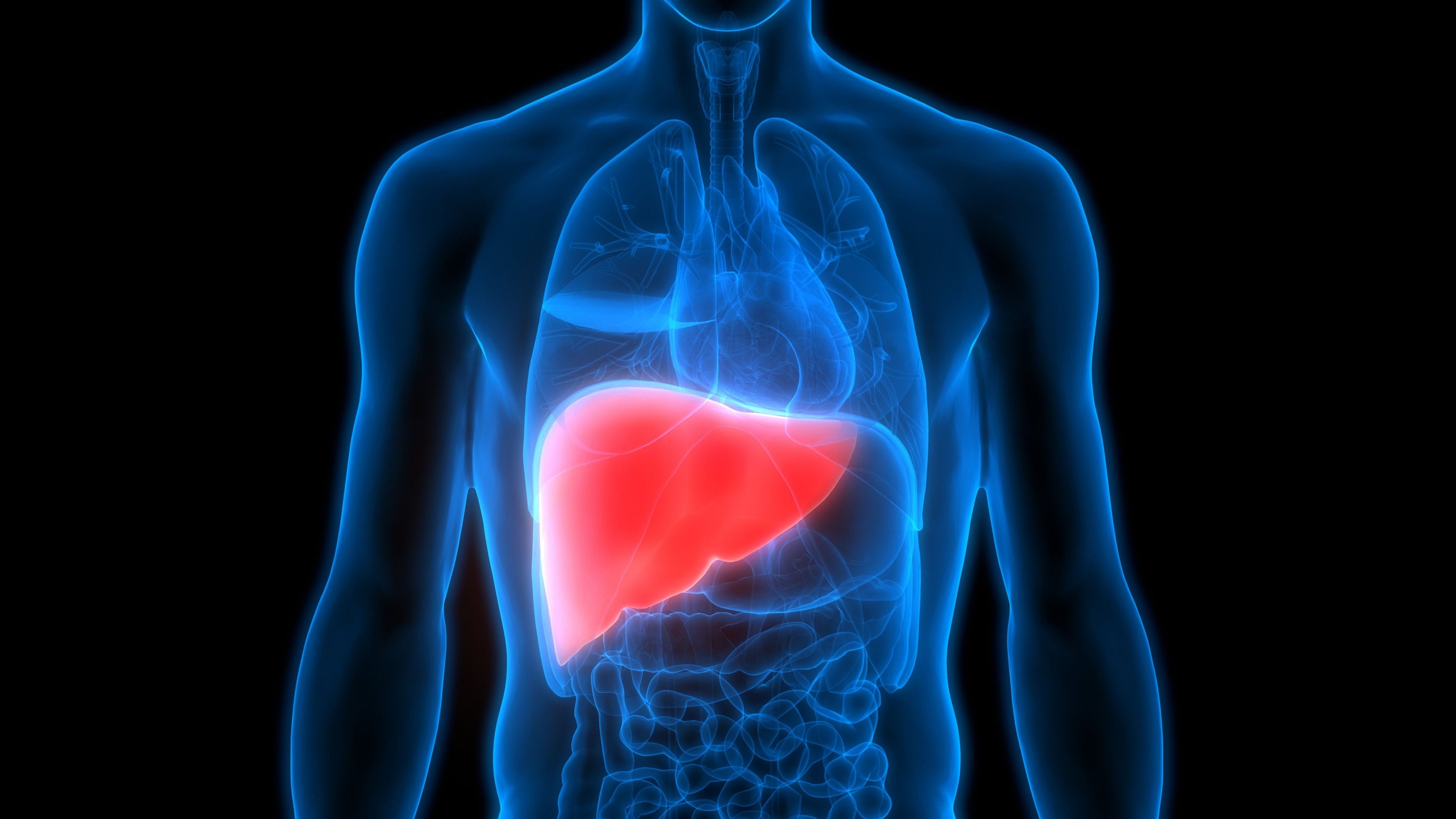
Image for representation,
Courtesy: iStock
Dr Kishore GSB
Our liver, situated in the upper right abdomen, is a powerhouse that quietly performs over 500 important tasks. It filters toxins from the blood, makes proteins needed for blood clotting and digestion, and helps regulate blood sugar levels. While it usually doesn’t cause trouble due to its enormous reserve, when it does, it’s important to pay heed. Here are some signs that all may not be well with your liver.
Yellow alert
Jaundice, recognised by yellowing of the skin and eyes, is usually a sign of liver disease. It occurs when the liver struggles to process bilirubin, a yellow pigment produced when red blood cells break down. When bilirubin levels rise, jaundice appears, indicating a potential liver disorder. It’s crucial to catch jaundice early, as it can signal serious liver disease.
Energy drain
Fatigue is a common yet often overlooked symptom of liver problems. The liver plays a crucial role in energy metabolism, storing and releasing glucose as needed to maintain energy levels throughout the day. When the liver is not functioning optimally, it can lead to feelings of persistent tiredness or exhaustion, despite getting enough rest. This energy drain can significantly impact daily life and productivity, serving as an important sign that all may not be well with your liver.
Abdominal pain & swelling
Pain or discomfort in the upper right abdomen, where the liver is located, is another key indicator of liver issues. This discomfort may range from a dull ache to a sharp pain and can be accompanied by swelling or bloating in the abdomen. Pain suggests stretching of the liver capsule while distention suggests fluid buildup, both of which are signs that all’s not well. Ignoring abdominal pain and swelling can lead to complications, making it crucial to seek medical attention if you experience these symptoms.
Changes in urine & stool
Changes in urine and stool colour can tell us a lot about liver health. Dark urine, especially if accompanied by pale-coloured stools signifies obstruction to the passage of bile into the intestine either in the extrahepatic biliary system or at the cellular level inside the liver.
The itch factor
Persistent itching, especially if it worsens at night, can be a sign of liver disease. When the liver is unable to effectively eliminate toxins from the body, it can lead to the buildup of bile salts in the bloodstream. These bile salts can cause itching, often most intense on the palms of the hands and soles of the feet.
Nausea & vomiting
Nausea and vomiting are common symptoms of liver problems. When the liver is not functioning properly, it can lead to digestive disturbances, resulting in feelings of nausea and episodes of vomiting. These symptoms may occur intermittently or persistently and can significantly impact the quality of life.
Easy bruising & bleeding
A compromised liver may affect blood clotting mechanisms, leading to easy bruising and bleeding. If you notice that you’re bruising more easily than usual or experiencing frequent nosebleeds or bleeding gums, it could indicate liver dysfunction. The liver produces clotting factors necessary for proper blood coagulation. When the liver is not functioning optimally, it can result in impaired clotting and increased susceptibility to bruising and bleeding. Vomiting of blood due to dilated veins in the food pipe can occur in chronic liver disease with portal hypertension.
Fluid retention
Swelling in the legs and ankles, known as edema, can occur when the liver is unable to produce enough albumin, a protein that helps regulate fluid balance in the body. Additionally, fluid retention in the abdomen, known as ascites, can occur as a result of liver dysfunction.
Weight loss or gain
Sudden and unexplained weight loss or gain can be a red flag for liver problems as the metabolism is compromised.
(The author is a liver transplant surgeon.)